Artist, human rights advocate, and MBU visiting professor Claudia Bernardi always shares with her May Term students how to find a cause that they’re passionate about.
“I recommend that they find what makes them cry from emotion and cry from anger,” she said. “Somewhere in the middle is their passion. They have to find a cause that makes the work totally worth it, even when they’re not paid or well known.”
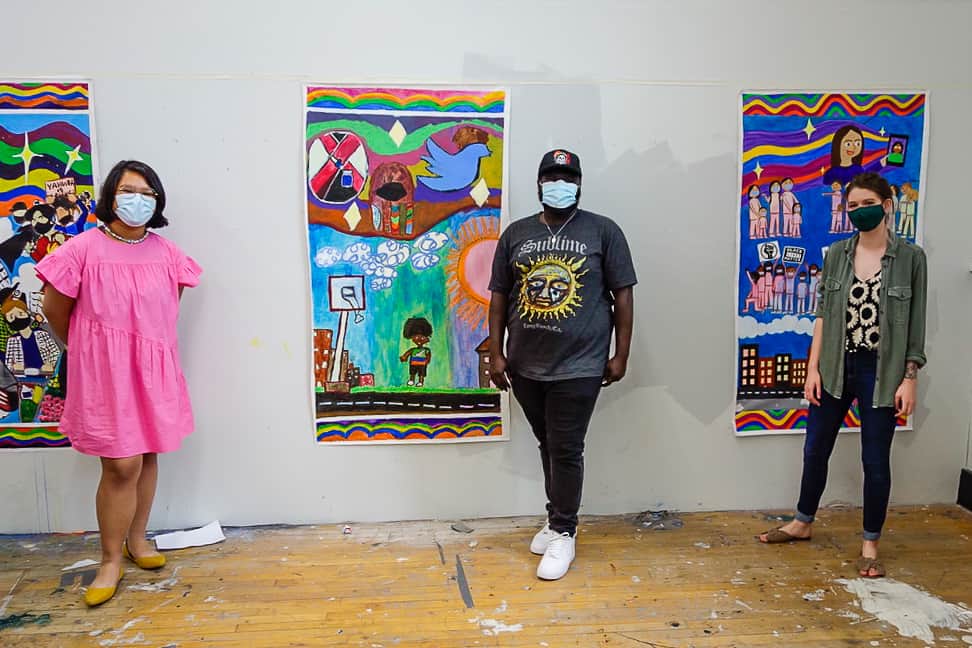
Bringing together the power of art, activism, and community building, Bernardi created a new vision for her MBU course, which ordinarily focuses on creating a collaborative mural off campus with local community members. For the artists’ health and safety, the collaboration this year was among students in the studio.
Named Mending Our Communities, the course brought together students across academic disciplines to investigate how art and activism can help people repair communities damaged by the pandemic.
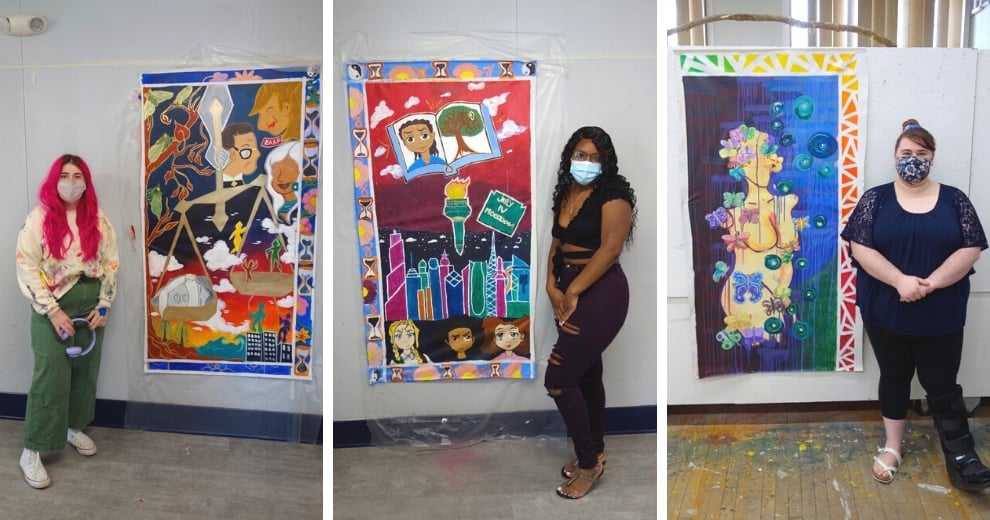
“We should never underestimate the power of activism,” said Bernardi, referencing one of the main themes of her course Mending Our Communities.
In the first part of the course, Bernardi led the students in examining how art has influenced social movements in the United States and Latin America, including Ni Una Menos, or “Not One Less,” in Argentina; Las Tesis in Chile; and the Black Panther Movement and Black Lives Matter in the United States.
“I had three main intentions for the course,” Bernardi said. “Learning strategies of community building and mending; showing how we are part of a new period in history that is adjacent to what we are coming from; and finally that we should never underestimate the power of activism.”
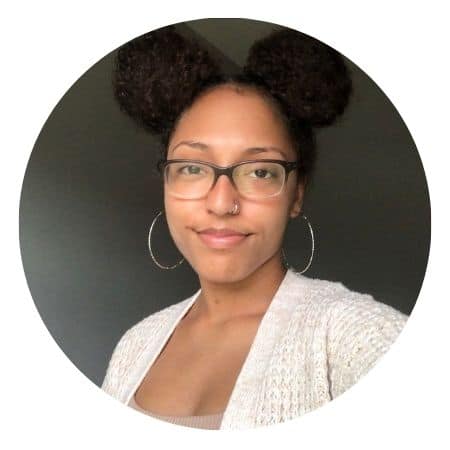
“I’ll remember how we all chose to focus on topics that aren’t light-hearted, topics that people have fought for and continue to fight for, but also I’ll remember how much unity and community comes with mural art.”
— Keeann King ’22, psychology major
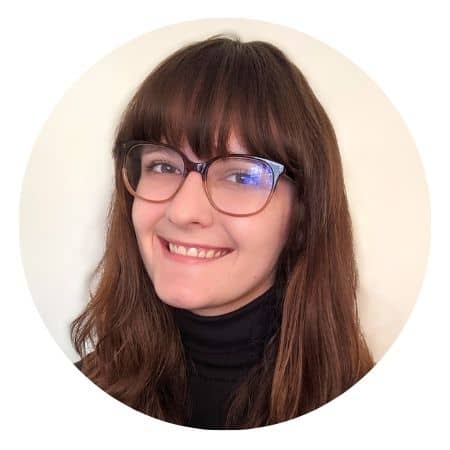
“Seeing the work of amateur artists and regular people — each working together to create something unique and beautiful — I feel the artistic power in the honesty of these individuals.”
— Heather Korzun ’23, studio art and business double major
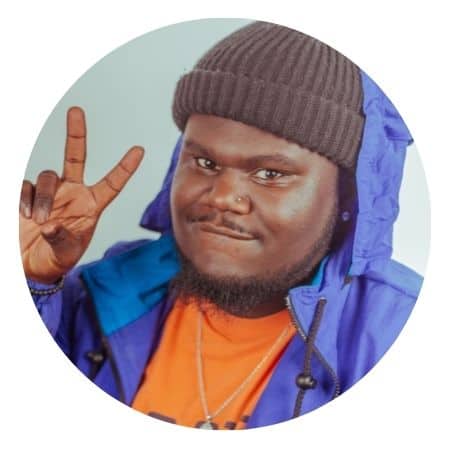
“Being a health sciences major, I haven’t been into art until recently. This course showed me the value and importance of art and how it can change, create, and even destroy.”
— Keyon Jones ‘23, health sciences major
In the last half of the course, students took to the art studio in Deming Hall and divided into groups of two and three to each paint a mural section. Though they were socially distanced, students collaborated both conceptually and visually about causes including the environment, women’s rights, Black Lives Matter, and restorative justice.
A “Mural of Voices” brought a sonic component to each student’s artwork, capturing interviews with local, national, or international participants in their chosen movement.
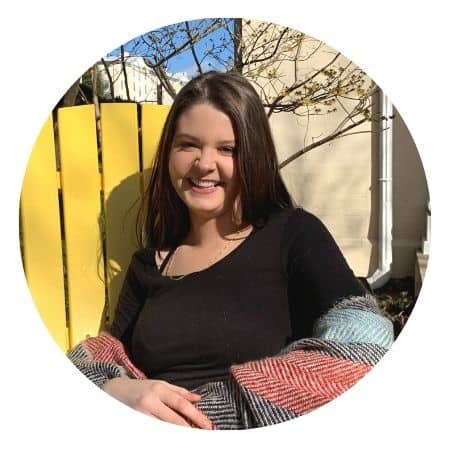
“I think something that was special about our painting was that we were all able to use our individual art styles to create a common message.”
— Emily Dillon ’22, psychology major
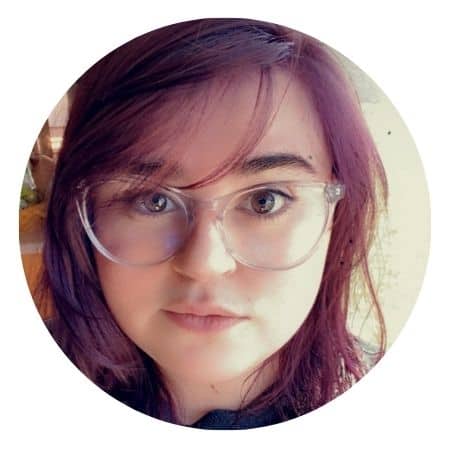
“I will remember that art can heal communities that have suffered from great trauma and that artists can spark a movement towards awareness and change.”
— Savannah Tamariz ’21, studio art major
“It’s always very moving when I detect those moments when there’s a click in the student’s imagination or capacity to see their power,” Bernardi said. “It’s so beautiful, and that happened a lot in this project.”
During the pandemic and beyond, Mending Our Communities helped give students tools to connect with their chosen communities and collaborate to create change, even in the midst of challenging circumstances.
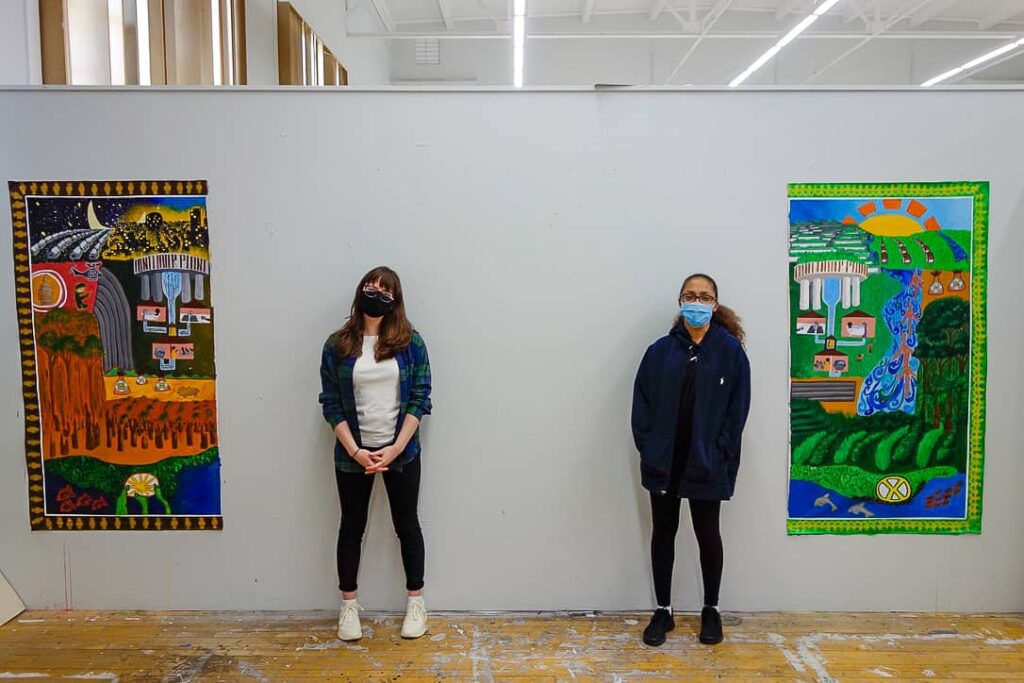
Teams of students collaborated on the murals, choosing causes including the environment, women’s rights, Black Lives Matter, and restorative justice.
About Claudia Bernardi
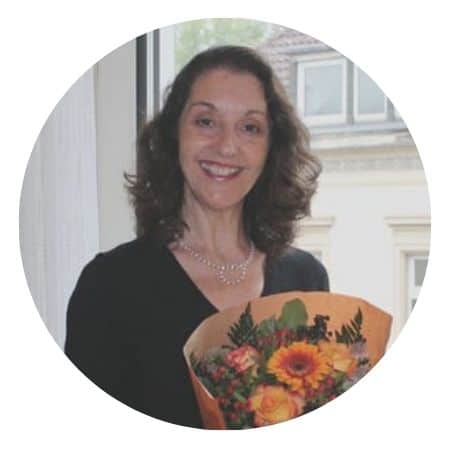
A professor in the Critical Ethnic Studies Program at California College of the Arts, Claudia Bernardi is also a visiting professor and artist-in-residence at MBU.
Her frequent May Term course Permeable Borders connects MBU students with local community members to plan, discuss, and create murals together. She is internationally known for her use of art to advocate for social justice and help heal communities that have suffered state terror, violence, forced exiles, and human rights violations. Read more about her work in a recent profile story from Forbes.
An exhibition of Bernardi’s own art, Traces/Huellas: Marks on Earth and Souls, is on view through August 1 at Staunton’s Beverley Street Studio School Gallery within the CoArt Gallery, 22 West Beverley Street.